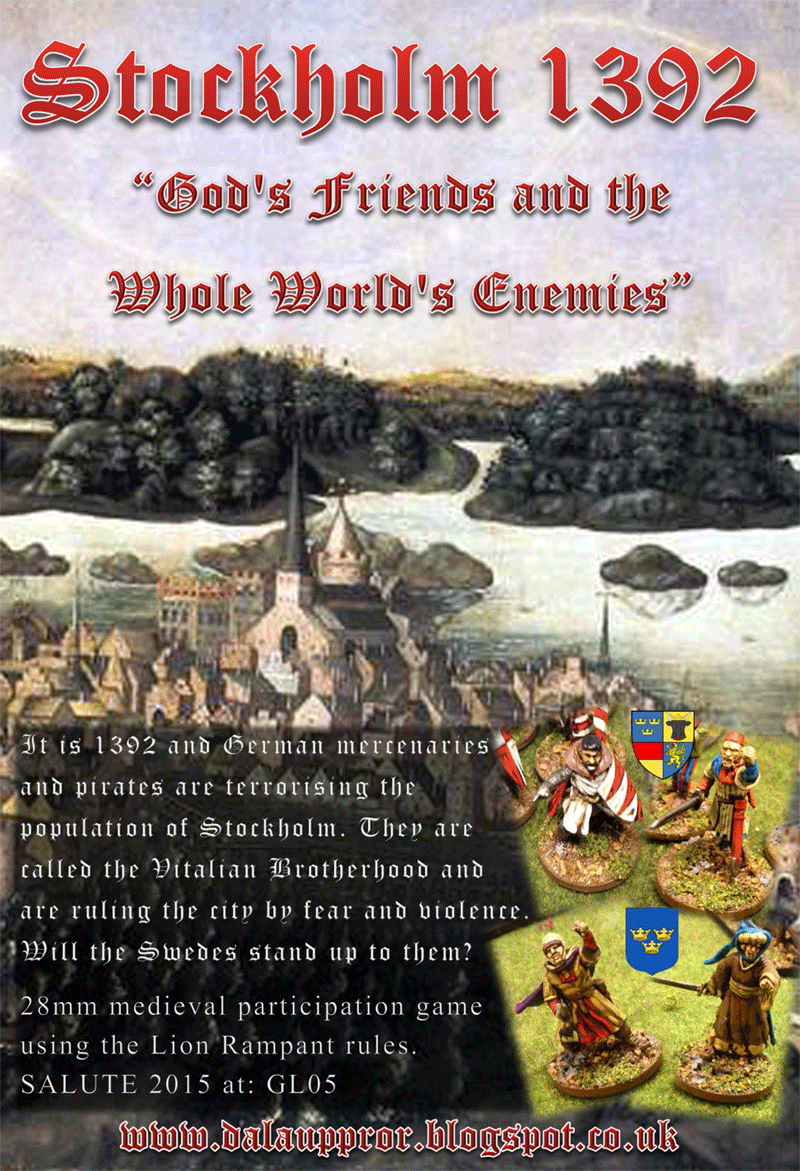Sweden had never really implemented feudalism and the commoners i.e.Allmoge had quite extensive legal rights and political agendas of their own. The Swedish nobles were a wilful lot and very keen on the King not getting too powerful. Efforts by the Union to extract more taxes and to modernize the country at the expense of traditional rights and privileges met with stiff resistance.
Sweden was almost continuously at war. Various factions either curried favour with the Union monarch or rebelled against him. The result was a confusing series of wars between factions vying for power while supporting or rejecting the Union King.
The Allmoge in each region (‘Landskap’, roughly the equivalent of an English county) to a large extent made their own decisions and frequently found themselves fighting against the Allmoge of other regions.
The Union King, usually a Dane or German, responded to rebellions by sending an army bolstered by lots of mercenaries. He also always tried to lure Swedish nobles over to his side. Rebellions could be very successful militarily, but infighting among factions meant that the country always returned to recognizing a Union King after political compromise, treachery and/or the odd murder.
The Swedish armies of this period differed quite a lot from most other European forces. Royal power was weak and there were always very few knights and other mounted troops. Instead the armies were dominated by the Allmoge troops, who were surprisingly effective. At their best (in the 1430s to the 1480s) the Allmoge infantry gave a very good account of themselves.
Their Achilles-heel was the lack of higher level leadership and the difficulty of keeping the armies in the field for long periods. The Allmoge were farmers, not professional soldiers, and simply went home for harvest, etc. This led to quite a bit of campaigning in winter, when farmers have some free time.
No known Swedish army of the period could deploy more than a couple thousand mounted troops in total, the overwhelming majority of other troops were Allmoge, with a few mercenaries (artillery specialists, for example) sometimes available.


















